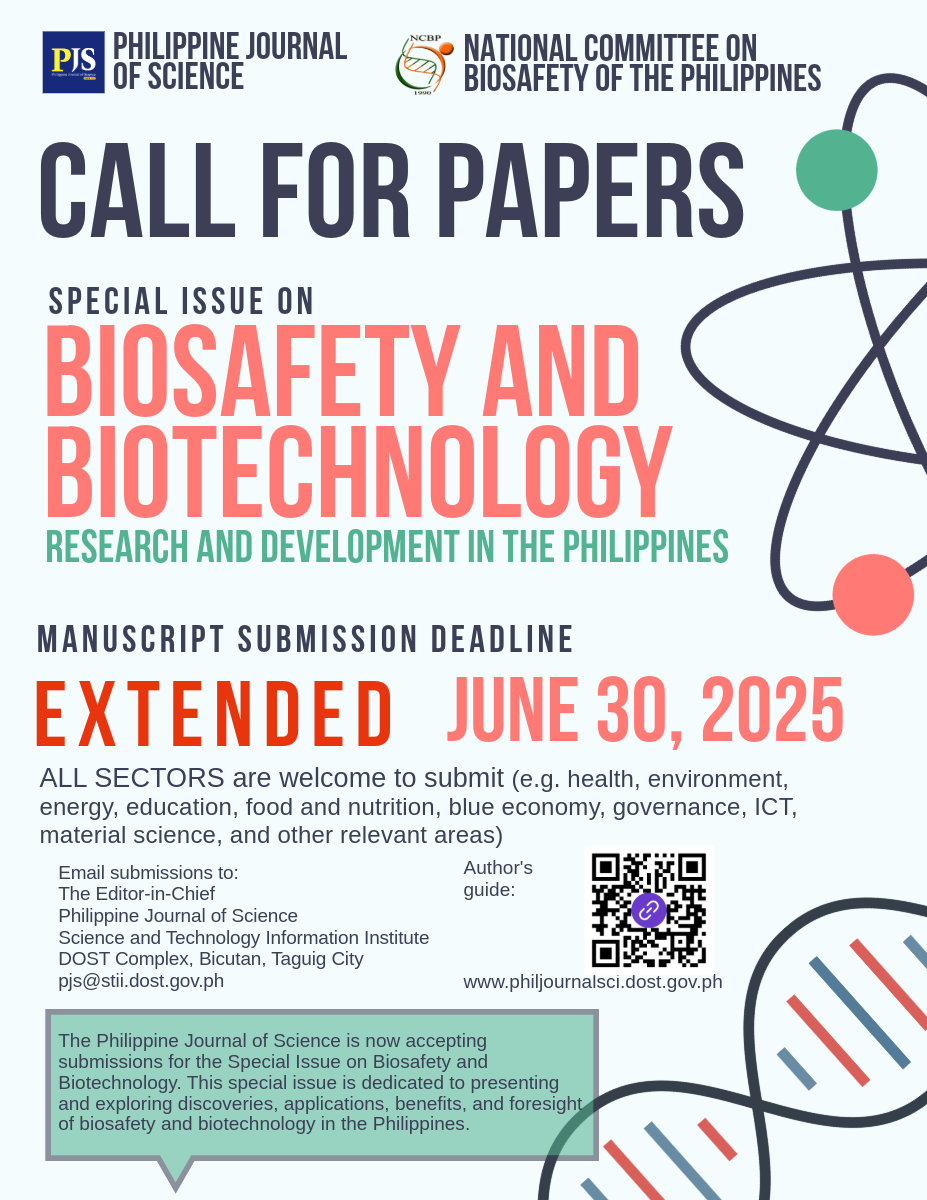Feeding of Abalone Juveniles with Two Species of Sargassum (Sargassum cristaefolium and Sargassum polycystum)
Julita R. Ungson
College of Fisheries, Mariano Marcos State University
Currimao, Ilocos Norte, Philippines
corresponding author: This email address is being protected from spambots. You need JavaScript enabled to view it.
ABSTRACT
The species preference, growth and survival rates of juveniles of Haliotis asinina fed with two species of Sargassum i.e., Sargassum cristaefolium and Sargassum polycystum, were evaluated over a 75 day culture period. Proximate composition of the two species of Sargassum was also determined. The test organism preferred S. cristaefolium (80%) more than S. polycystum (20%). Growth rate in terms of shell length and weight as well as the survival rate did not differ significantly among juveniles fed with two species of Sargassum. Protein content of S. polycystum (6.26%) is higher than S. cristaefolium (3.45%)
INTRODUCTION
Abalone is highly valued marine mollusk with very high export potential. It is present in Philippine waters and inhabits rocky reef coast areas facing the outer sea. The Philippines is considered as one of the major producers of abalone from capture fishery. Other countries with commercial fishery of abalone are Japan, Korea, the Pacific Coast of North America, South Africa, Australia, New Zealand, and Mexico. The Philippines is showing a consistent increase in abalone production in contrast with other abalone producing countries where abalone is decreasing (FAO, 1996). In 1991, the Philippines exported nearly 300,000 kg of live and processed abalone worth over US$2 million to Australia, US and Asian countries. Two years . . .
REFERENCES
BAUTISTA-TERUEL M, MILAMENA O. 1999. Diet development and evaluation for juvenile abalone, Haliotis asinina: protein/energy levels. 178: 117-126.
CAPINPIN E, CORRE K. 1996. Growth rate of the Philippine abalone, Haliotis asinine fed on artificial diet and macroalgae. Aquaculture 144: 81-89.
CHEN H. 1989. Farming of small abalone Haliotis diversicolor supertexta in Taiwan. In CRC Handbook of Abalone and other Marine Gastropods. CRC Press, Boca Raton, Florida. p. 267.
CHEN H. 1996. Proceedings of the Seminar on Fisheries on a Multimillion Dollar Industry. Madras, India. 17-19 August 1995. Madras, India. Aquaculture Foundation of India, Madras, India. Fisheries Technocrats Forum. 37p.
EBERT E, HOUK J. 1989. Abalone cultivation methods used at the California Department of Fish and Games Marine Resources Laboratory. In CRC Handbook of Abalone and other Marine Gastropods. CRC Press, Boca Raton, Florida. 348p.
FLEMING AE. 1995. Growth, intake, feed conversion efficiency and chemosensory preference of the Australian abalone, Haliotis rubra. Aquaculture 132: 297-311.
[FAO] Food and Agriculture Organization. 2000. FAO Yearbook of Fishery Statistics 83, 1989-1998. 89: 680.
HAHN K. 1989. Abalone aquaculture in New Zealand, Australia and Ireland. In CRC Handbook of Abalone and other Marine Gastropods. CRC Press, Boca Raton, Florida. p. 296-298.
HUGES R. 1986. A functional biology of marine gastropods. Croom Helm, London and Sydney. 24p.
KAWAMURA et al. 1995. Dietary value of benthic diatoms for the growth of postlarval abalone Haliotis discus hannai. Journal of Experimental Biology and Ecology 194: 189-199.
KIKUCHI S, SAKURAI Y, SASAKI M, ITO T. 1967. Food value of certain marine algae for the growth of the young abalone, Haliotis discus hannai. Bull. Tohoku Reg. Fish. Res. Lab. 27: 93-100.
MCSHANE et al. 1994. Factors influencing food selection in the abalone Haliotis rubra. Journal of Experimental Biology and Ecology 76: 27-37.
MERCER JP, MAI KS, DONLOR J. 1993. Comparative studies on nutrition of two species of abalone, Haliotis tuberculata Linneus and Haliotis discus hannai Ino.I. Effects of algal diets on growth and biochemical composition. Invertebrate Reproductive Development. 23: 75-88.
SAKAI S. 1962. Ecological studies on the abalone, Haliotis discus hannai Ino.I. Experimental studies on the food habit. Bull. Jpn. Soc. Sci. Fish. 28: 766-779.
SATO K, NOTOYA M., 1988. Food value of Ecklonia stolonifera for growth of topshell, sea urchin and abalone. Bull. Jpn. Soc. Sci. Fish. 54: 1451.
SINGHAGRAIWAN T, SASAKI M. 1991. Growth rate of the Donkey’s ear abalone, Haliotis asinina L., cultured in tank. Thai Mar. Fish. Res. Bull. 2: 95-100.
STUART MD, BROWN MT. 1994. Growth and diet of cultivated black-footed abalone, Haliotis iris (Martyn). Aquaculture 127: 329-337.
SURTIDA A. 2000. Abalone. SEAFDEC Asian Aquaculture 22(4): 14-15.
TAHIL A, JUINIO, MENEZ M. 1999. Natural diet, feeding periodicity and functional response to food density of the abalone, Haliotis asinina L., (Gastropoda). Aquaculture Research 30: 95-107.
UKI et al. 1985. Nutritional evaluation of several protein sources in diets for abalone Haliotis discus hannai. Bull. Jpn. Soc. Sci. Fish. 51: 1835-39.
UKI N, SUGIURA M, WATANABE T. 1986. Dietary value of seaweeds occurring on the Pacific coast of Tohoku for growth of the abalone, Haliotis discus hannai. Bull. Jpn. Soc. Sci. Fish. Res. Lab. 42: 19-29.
VIANA et al. 1996. Artificial diets for abalone. ARRI Newsletter 3(2): 13-15.
YOO S. 1989. Abalone farming in Korea. In CRC Handbook of Abalone and other Marine Gastropods. CRC Press, Boca Raton, Florida. 259p.









